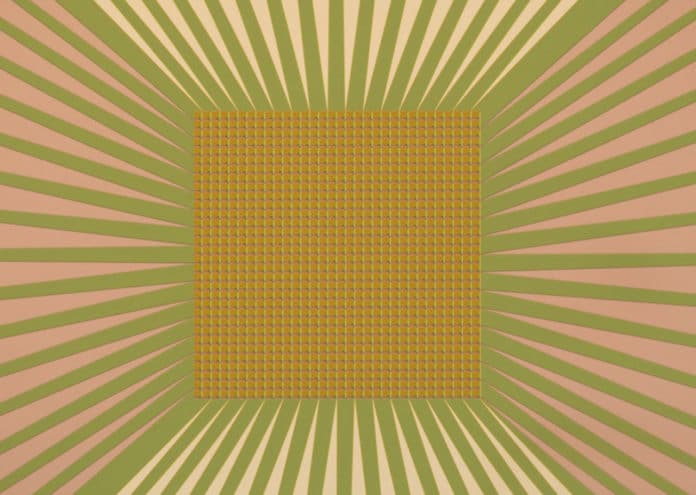NIST scientists have recently devised one of the highest-performance cameras ever composed of sensors that count single photons, or particles of light. The camera is composed of sensors made from superconducting nanowires, which can detect single photons.
According to scientists, the camera could be used in future space-based telescopes searching for chemical signs of life on other planets, and in new instruments designed to search for the elusive ‘dark matter‘ believed to constitute most of the ‘stuff’ in the universe.
Interestingly, the nanowire detectors have the lowest dark count rates of any photon sensor. Meanwhile, they can ignore false signals generated by noise. This feature is especially useful while seeking for dark-matter.
The size of the camera is 1.6 millimeters on aside. It is packed with 1,024 sensors (32 columns by 32 rows) to make high-resolution images.
Scientists used a complicated process to develop this camera. The nanowires, made of an alloy of tungsten and silicon, are about 3.5 millimeters long, 180 nanometers (nm) wide, and 3 nm thick. The wiring is made of superconducting niobium.
The main challenge was to figure out the way to gather and get results from so many detectors without overheating. The specialists expanded a “readout” architecture they previously demonstrated with a smaller camera of 64 sensors that includes information from the rows and columns, a step toward meeting the necessities of the NASA.
NIST electronics engineer Varun Verma said, “My primary motivation for making the camera is NASA’s Origins Space Telescope project, which is looking into using these arrays for analyzing the chemical composition of planets orbiting stars outside of our solar system. Each chemical element in the planet’s atmosphere would absorb a unique set of colors.”
“The idea is to look at the absorption spectra of light passing through the edge of an exoplanet’s atmosphere as it transits in front of its parent star. The absorption signatures tell you about the elements in the atmosphere, particularly those that might give rise to life, such as water, oxygen, and carbon dioxide. The signatures for these elements are in the mid- to far-infrared spectrum, and large-area single-photon counting detector arrays don’t yet exist for that region of the spectrum, so we received a small amount of funding from NASA to see if we could help solve that problem.”
The camera performance was measured by the Jet Propulsion Laboratory (JPL) at the California Institute of Technology in Pasadena, California. JPL has the necessary electronics due to its work on deep space optical communications.
The work was supported by NASA and the Defense Advanced Research Projects Agency.
The findings are reported in the journal Optic Express.
